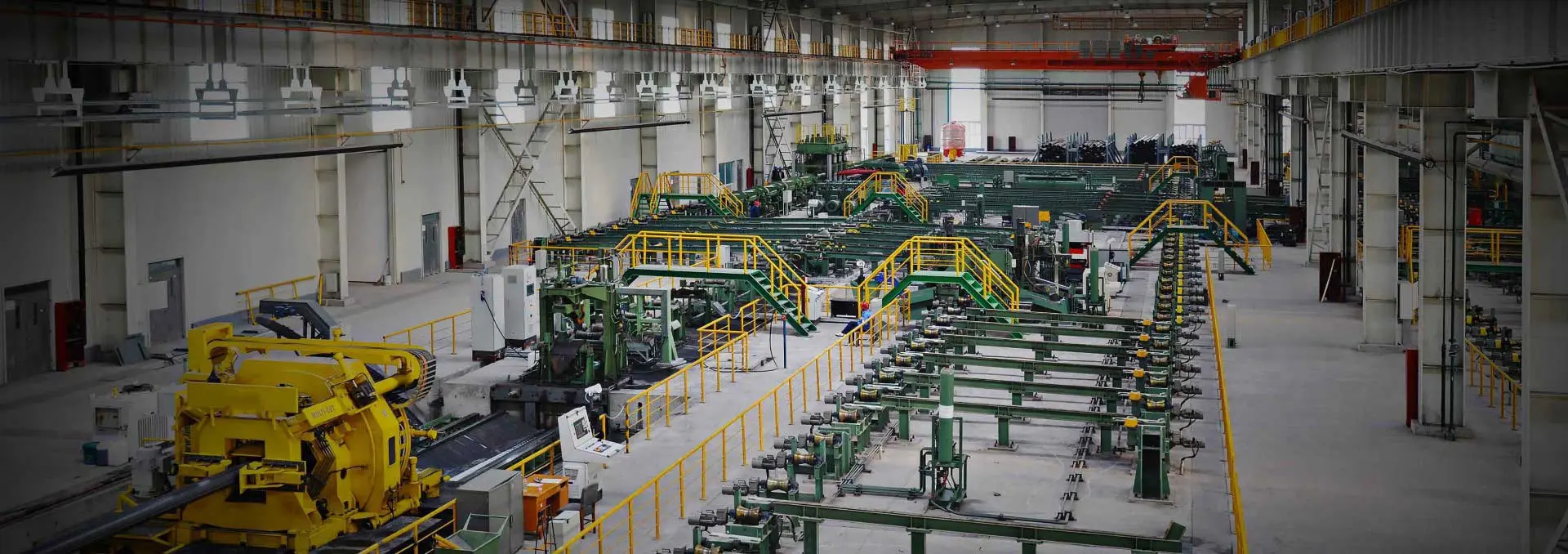Seamless stainless steel pipes are renowned for their superior performance in demanding environments. Their strength, corrosion resistance, and clean internal surface make them a preferred choice in industries such as petrochemicals, power generation, food processing, and pharmaceuticals. In this article, we’ll explore the key advantages and potential disadvantages to help you make informed decisions when selecting piping materials for your project.
Union Steel Industry Co., Ltd is professional steel pipes manufacturer, for more details, please contact:sales@union-steels.com
Advantages of Seamless Stainless Steel Pipes
Excellent Corrosion Resistance
Made from high-quality stainless steel, these pipes perform exceptionally well in harsh environments involving moisture, acidity, or alkalinity, ensuring long-term durability.
Resistance to High Temperature and Pressure
Seamless stainless steel pipes are engineered to withstand extreme heat and pressure, making them ideal for high-end applications such as petrochemical processing and power plants.
High Dimensional Accuracy
Thanks to strict manufacturing standards, these pipes offer precise dimensions and superior surface finish, which are critical in precision machinery and equipment.
Smooth Fluid Flow
With a clean, smooth internal surface and minimal friction, seamless stainless steel pipes promote efficient and stable fluid transmission throughout the system.
Safe and Eco-Friendly
Free from harmful substances and odors, they are widely used in hygienic and environmentally sensitive industries, including food, medicine, and clean energy.
Disadvantages of Seamless Stainless Steel Pipes
Challenging to Process
The high hardness of stainless steel makes seamless pipes difficult to cut or shape, requiring specialized equipment and higher processing costs.
Higher Price
Compared to other pipe materials, seamless stainless steel pipes are more expensive, which may be a barrier for smaller businesses or cost-sensitive projects.
Limited Wear Resistance
Although corrosion-resistant, their wear resistance is lower than some alternative materials, making them less suitable for highly abrasive conditions.
Heat-Induced Deformation
Despite their strength, these pipes are prone to deformation under heat stress, requiring careful handling during fabrication and use.
Conclusion
While seamless stainless steel pipes offer significant advantages in terms of performance, safety, and reliability, they also come with certain trade-offs. A balanced evaluation of your project requirements, operating environment, and budget will help in selecting the most suitable piping solution.
Seamless Stainless Steel Pipe: Quick FAQs
1. What is a seamless stainless steel pipe?
A seamless pipe is made from a single piece of steel without any welds. This makes it stronger and better for high-pressure, high-corrosion applications compared to a welded pipe.
2. What are the main benefits of seamless pipes?
High Corrosion Resistance: No welds mean no weak points for corrosion to start.
High Pressure Rating: It can handle much higher internal and external pressure.
Hygiene: The smooth inner wall prevents bacteria from accumulating, making it ideal for food and medical industries.
3. Why are seamless pipes more expensive than welded pipes?
The manufacturing process is more complex and energy-intensive. It requires a solid block of steel to be pierced and rolled, which is more costly than simply bending and welding a sheet of steel.
4. How do I choose between 304 and 316L stainless steel?
304: Great for general use like in food processing or architecture.
316L: Contains molybdenum, giving it superior corrosion resistance, especially against chlorides. It's the best choice for marine, chemical, and pharmaceutical environments.
5. What are the primary industries that use seamless pipes?
They are used in industries where safety and performance are critical, such as oil and gas, chemical, aerospace, and power generation.
Go here to learn more: Stainless Steel Pipe Advantages And Disadvantages

 English
English Español
Español




 Tel : +86-18565811709
Tel : +86-18565811709 Email :
Email : 
 News
News




